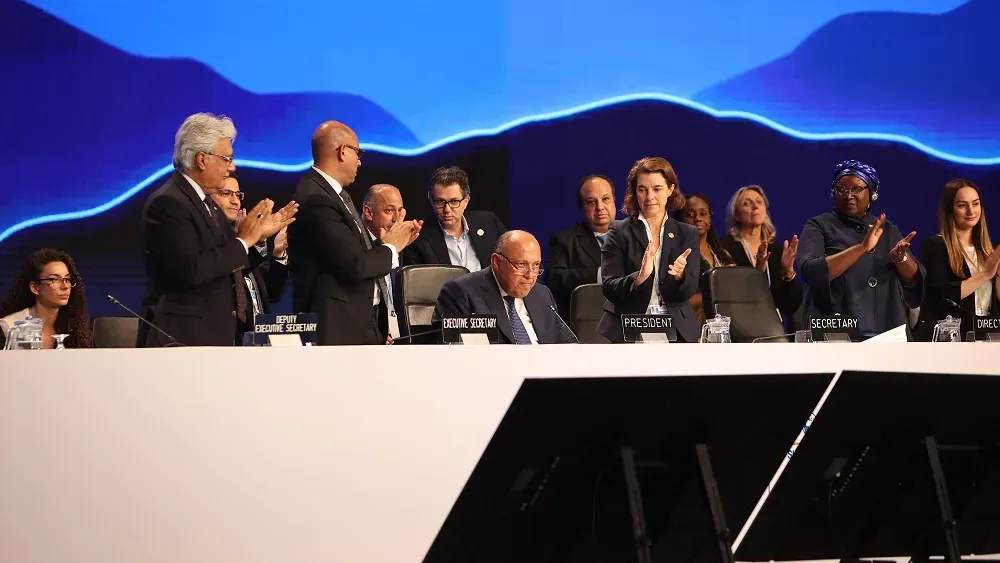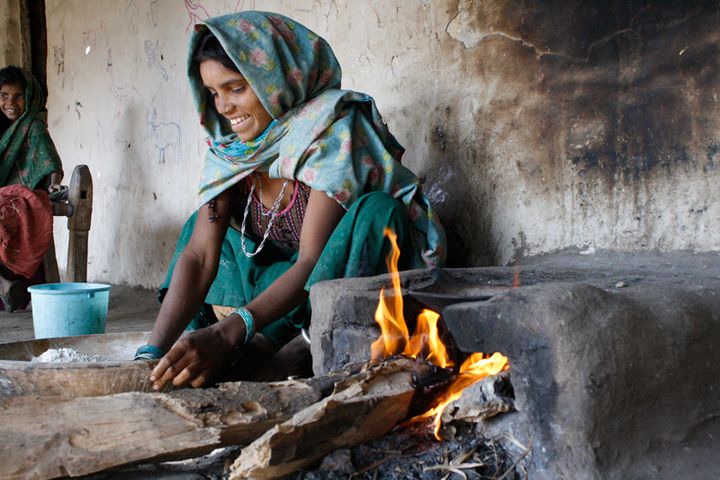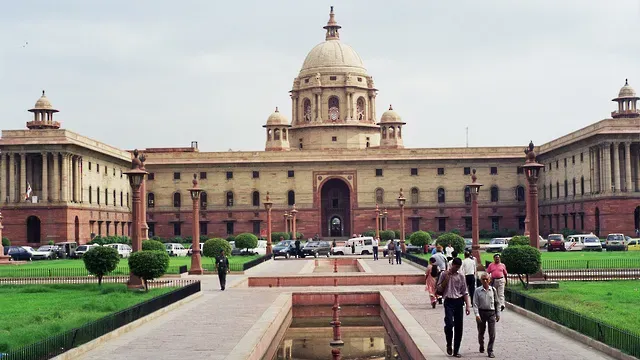Loss and damage win doesn’t make up for COP27 setbacks
Article 6 may not make headlines, but it's among the less discussed measures that can make or break the world's climate goals.

Welcome to today’s edition of Lights On, a newsletter that brings you the key stories and exclusive intel on energy and climate change in South Asia.
I am back in Delhi after two intense weeks of negotiations in Egypt. This is my last dispatch from this year's COP, but the climate story doesn't end here. Subscribe for more, every week:
Until the early hours of Sunday, delegates and activists in Sharm el-Sheikh for COP27 feared the worst - parties were ready to walk out without a deal rather than agreeing to a bad one, as EU climate chief Frans Timmermann put it.
In the end, a “breakthrough” agreement was struck with the creation of a new platform to unlock loss and damage finance, perhaps the number one goal parties were hoping to achieve this year. But while the new financial facility has created a table for discussion, we’ll have to wait and see if countries actually fill it – no money has been promised so far, and how the fund will deliver it to those who need it is a matter for next year.
Beyond the old blame game
For years, rich countries at COP have opposed addressing climate compensation so fiercely that the issue never even made it into the opening agenda – while high emitting developing countries such as India and China have reiterated the principle of “common but differentiated responsibility” to postpone difficult conversations on their fossil fuel assets. But as this year’s disasters forced the world to finally reckon with the financial and human cost of climate change, the question of who should shoulder the cost has emerged.
For the first time the prime minister of Antigua and Barbuda, on behalf of the Association of Small Island States (AOSIS), publicly called out India and China saying that the two countries should also contribute to climate reparations. While the statement may have been lost in the noise of the negotiations, it does reflect the fact that 30 years have passed since the establishment of the rules on who should pay and who should receive.
Both China and India have low, or very low, per capita emissions, but there’s no escape from the fact that their absolute greenhouse gas output is significant (China being the world’s biggest polluter, and India the distant third) and growing.
It’s become clear that turning the negotiations into a blame game is not helping developing or developed countries address their unique priorities, nor are the conventional distinctions between mitigation and adaptation.
For example, India’s delegation opposed the inclusion of mitigation outcomes in the conversation on agriculture, saying that burdening farmers with the responsibility of reducing emissions is cutting “survival emissions” instead of targeting the “luxury emissions” from wealthy lifestyles.
But with 17.8 percent of the country’s total emissions in 2019, agriculture as a whole presents an important mitigation opportunity for India, and not necessarily at the expense of poor farmers – particularly if emission reductions come as a result of adaptation and development actions.
Failed implementation
There are always two dimensions to the COP architecture, one side that concludes blue sky deals, and another that sets the foundation for them to become reality. And despite the final outcome being recorded as the Sharm el-Sheikh Implementation Plan, implementation is where this year’s negotiations failed.
With hundreds of oil executives among the negotiating ranks of oil rich countries such as Saudi Arabia, and several gas deals reportedly being thrashed out on the sidelines, it’s no surprise that concrete action – or even strong language – on abating fossil fuels stalled.
The language on global mitigation and on the 1.5C warming goal was barely preserved from last year’s achievements in Glasgow. Turns of phrase such as “global transition to low emissions” legitimise the use of bridge fuels such as gas.
The design of Article 6 of the Paris Agreement, which would have set stringent rules for countries to trade carbon credits and help achieve their climate goals, ended up gutting the entire effort – possibly to a point of no return even when the negotiations resume next year. It allows countries to keep their deals largely confidential, which means they won’t have to disclose which and how many carbon credits they trade. It weakens monitoring processes and leaves the door open for “double counting”, enabling both the seller and the buyer to claim a certain credit against their own targets.
It’s on technical issues such as carbon markets, technology transfer and effective financial instruments that can enable money to consistently flow over the long term – rather than providing absolute amounts at any point in time – that the climate battle will be won or lost. COP27 has failed, and while there is and will always be a role for climate diplomacy, it’s time to look beyond this yearly meeting to achieve, and track, real progress. Next up: India’s G20 presidency.
That's all for today! If you enjoy this newsletter, please share it with a friend or two:



